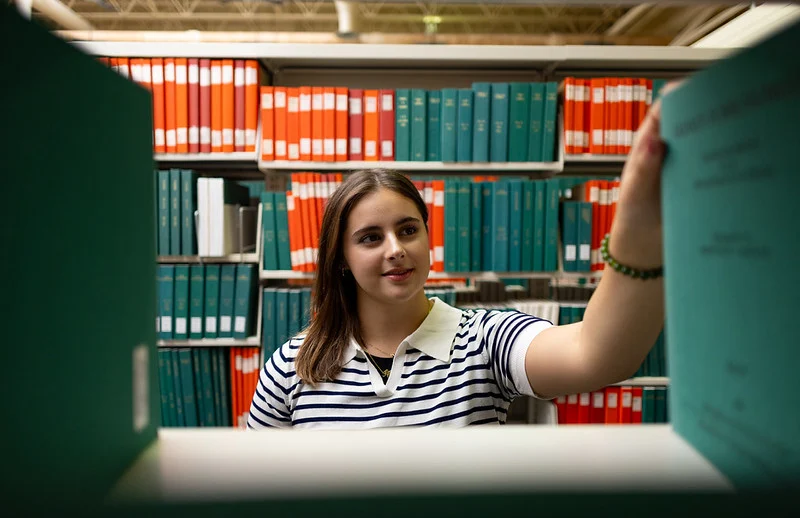Networks are useful for modeling a variety of social interactions. As such, they can be used to model the spread of infectious diseases like COVID-19.
The University of Winnipeg’s Dr. Ortrud Oellermann and her undergraduate student Aalekh Patel are using math to help control the spread of the disease.
This summer, they are looking at the problem of determining (or estimating) the smallest number of normal interactions that need to be suspended to ensure that, at any time, health care resources are not taxed beyond their capacity. They will also calculate and estimate the smallest number of interactions that need to be suspended so that the infection will burn itself out within a limited time period (assuming that certain interactions are unavoidable).
“Achieving these goals is important as we need to ensure that we will be able to treat everyone that requires hospitalization at any given time,” said Oellermann. “We also wish to suspend normal interactions for a limited time period to reduce the negative impacts this may have on various areas as, for example, the economy.”
Patel is in his fourth and final year of his Bachelor of Science in Mathematics (four-year honours) and also Applied Computer Science (three-year). He has always been fascinated with the way graph theory and the math of networks is used to solve a host of problems.
“I approached Dr. Oellermann about the possibility of working under her guidance on a research project that uses graph theory to model aspects of controlling infectious disease spread,” said Patel.
“Our research focuses on suspending the least number of normal interactions that would allow the contagion to burn itself out within a reasonable amount of time while also ensuring that the healthcare resources are not taxed over capacity.”
Patel notes in mathematics you can do your research from anywhere: “I can do the math from home and I can use my programming skills as a supplementary tool.”
Last year, Patel worked under the guidance of Dr. Anna Stokke. He is grateful for the research opportunities available at UWinnipeg in the Department of Mathematics and Statistics, thanks to a substantial number of Natural Sciences and Engineering Research Council of Canada Discovery Grant holders whose research funding makes such opportunities possible for undergraduate students.
“The Department of Mathematics and Statistics’ professors at UWinnipeg are such awesome people who have gone out of their way to help me understand and appreciate math concepts, even when I am not in their class,” said Patel.
Once the research is complete, they plan to publish their findings in Discrete Applied Mathematics.






